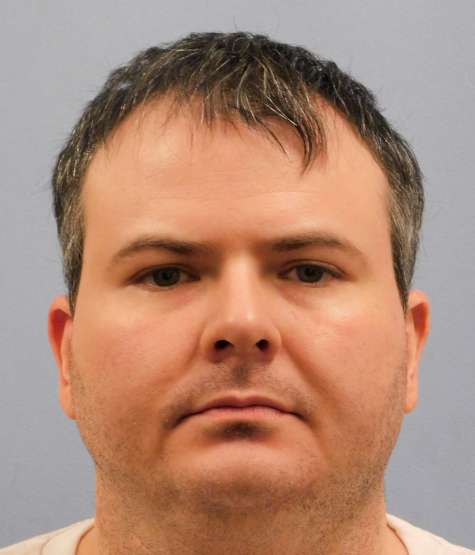Dennis Hicks Alabama Death Row
Dennis Hicks was sentenced to death and remains on Alabama Death Row for the brutal murder of Joshua Duncan. According to court documents Joshua Duncan remains were found on an old police shooting range and the man had been disemboweled and decapitated. Dennis Hicks who was on parole after serving 25 years for a double … Read more








